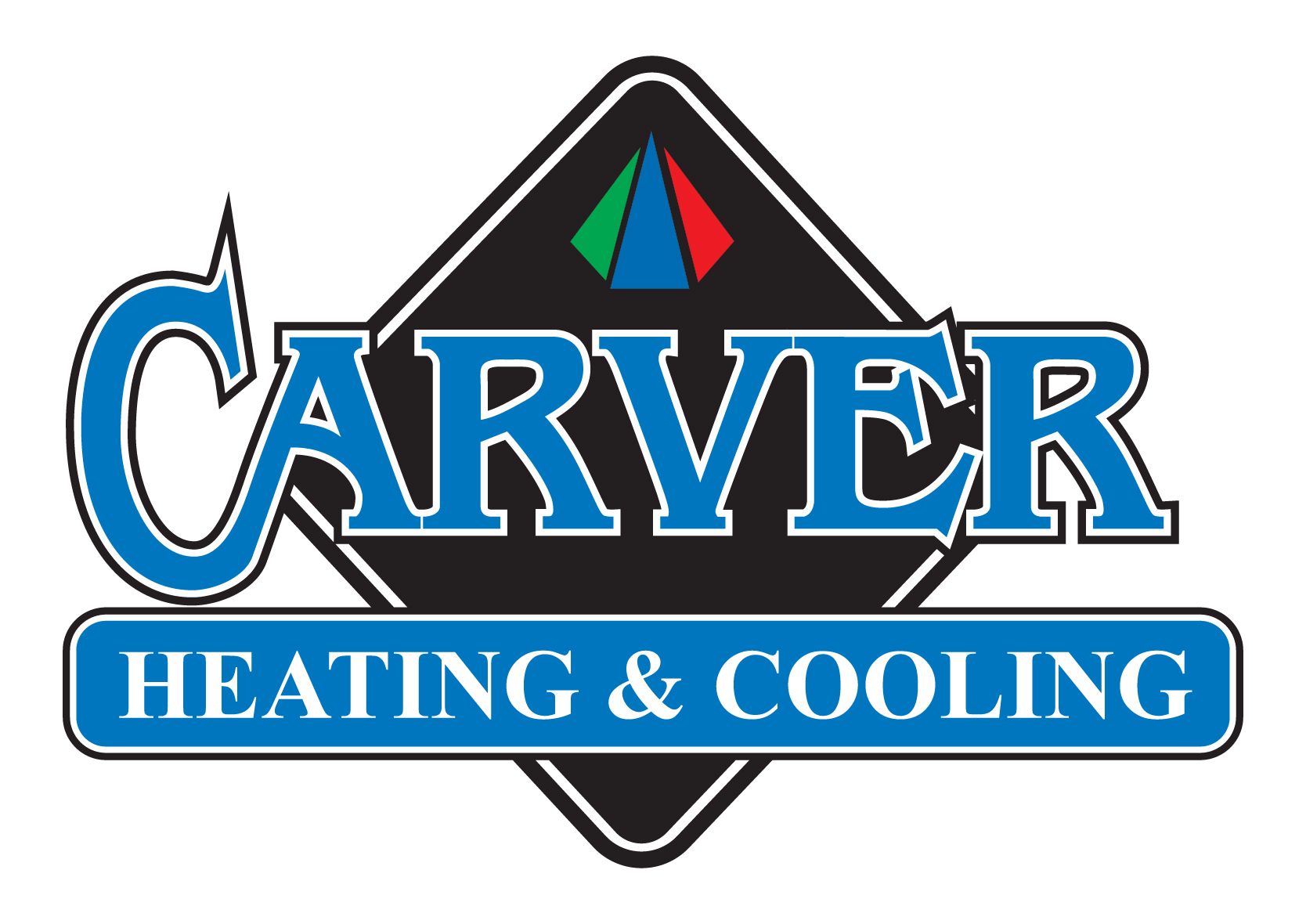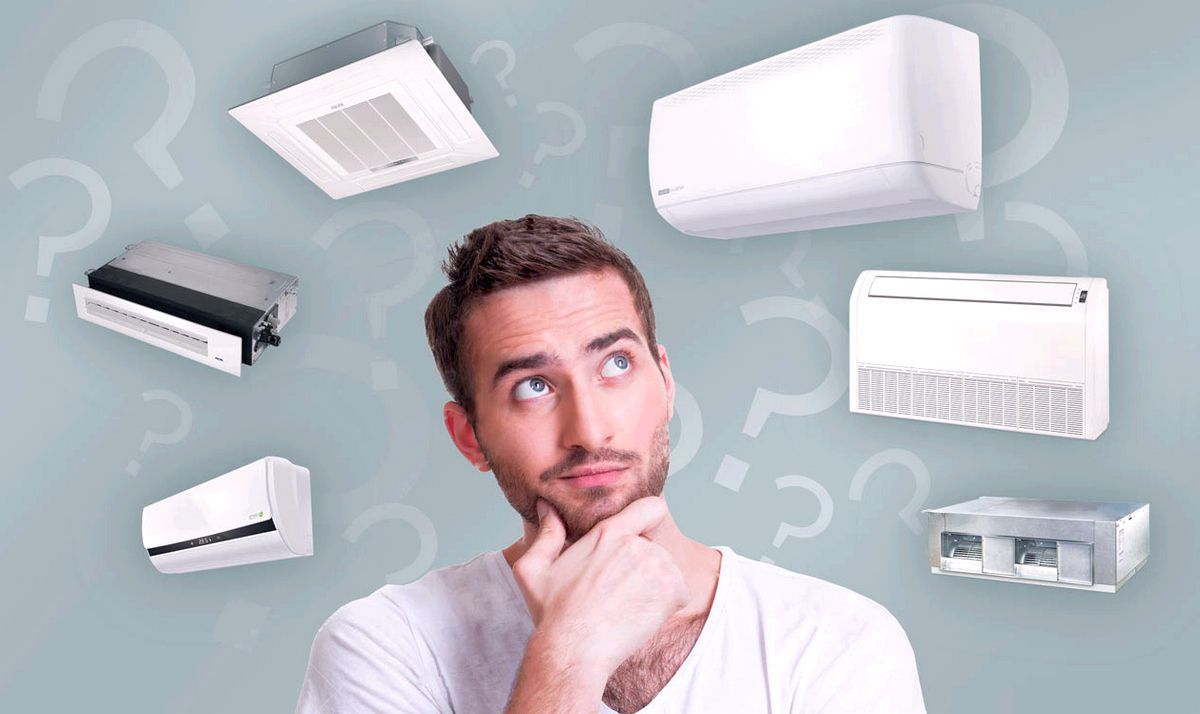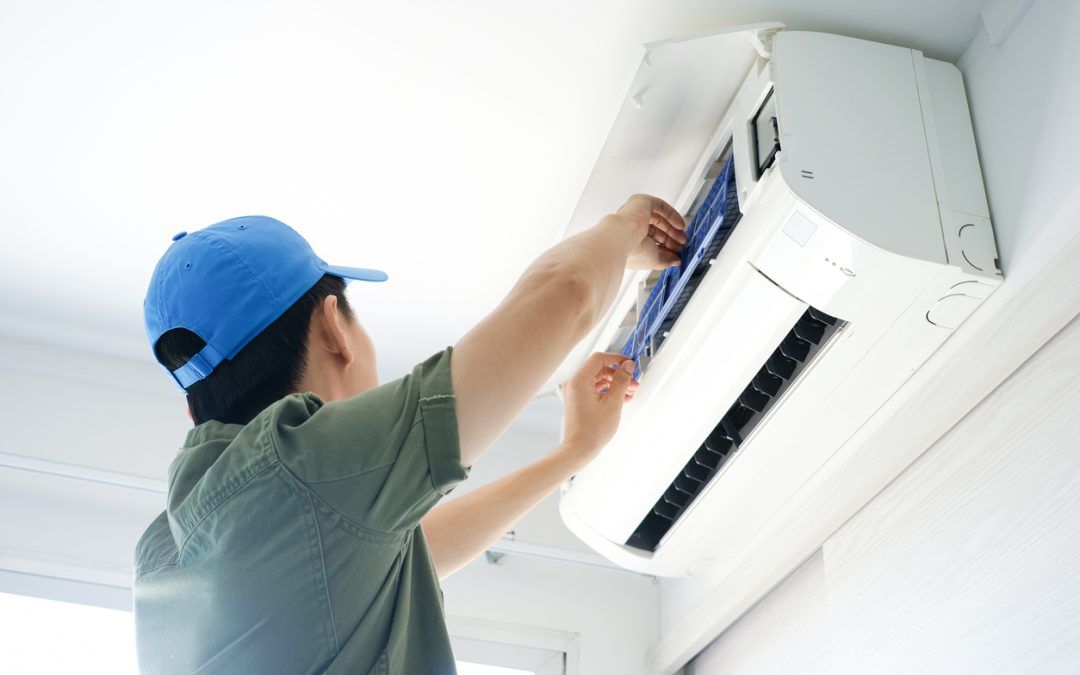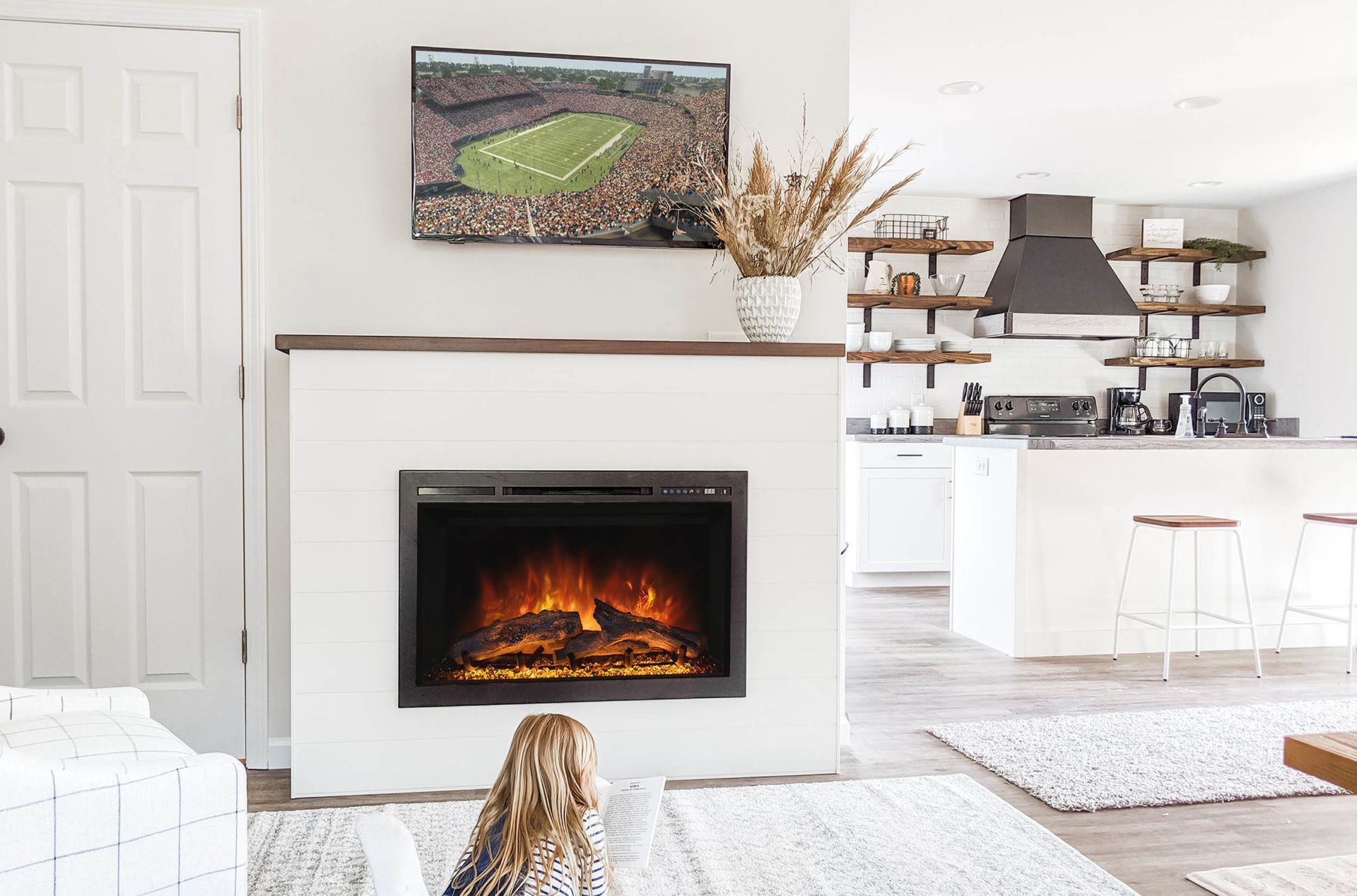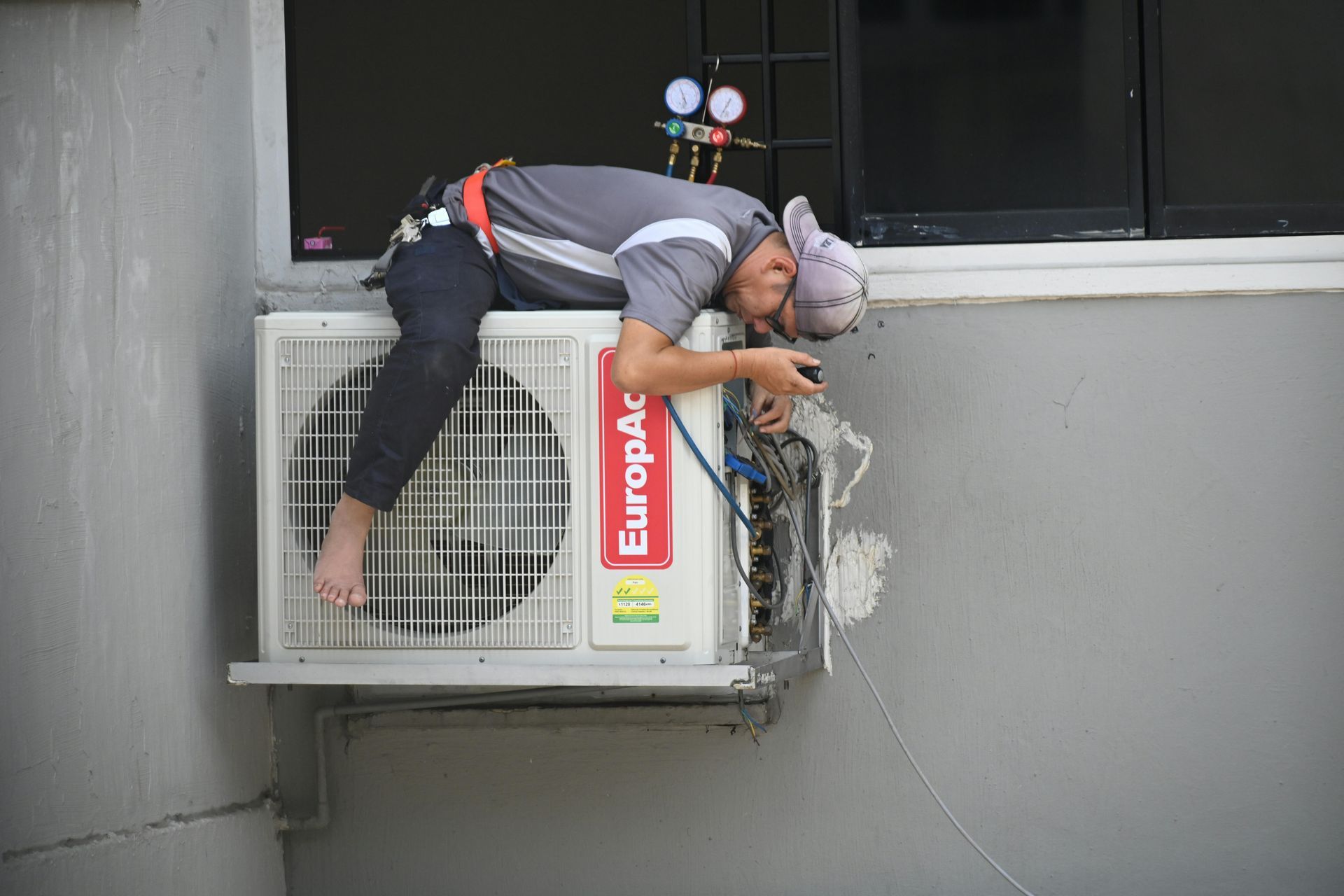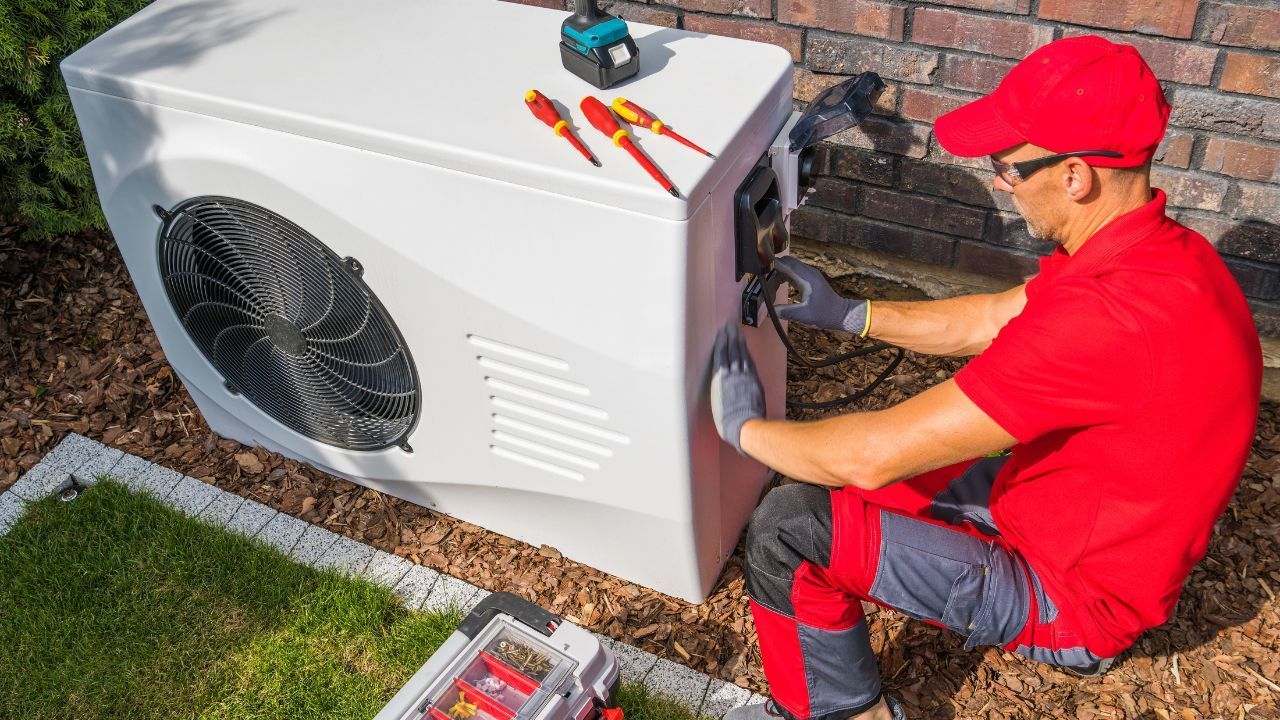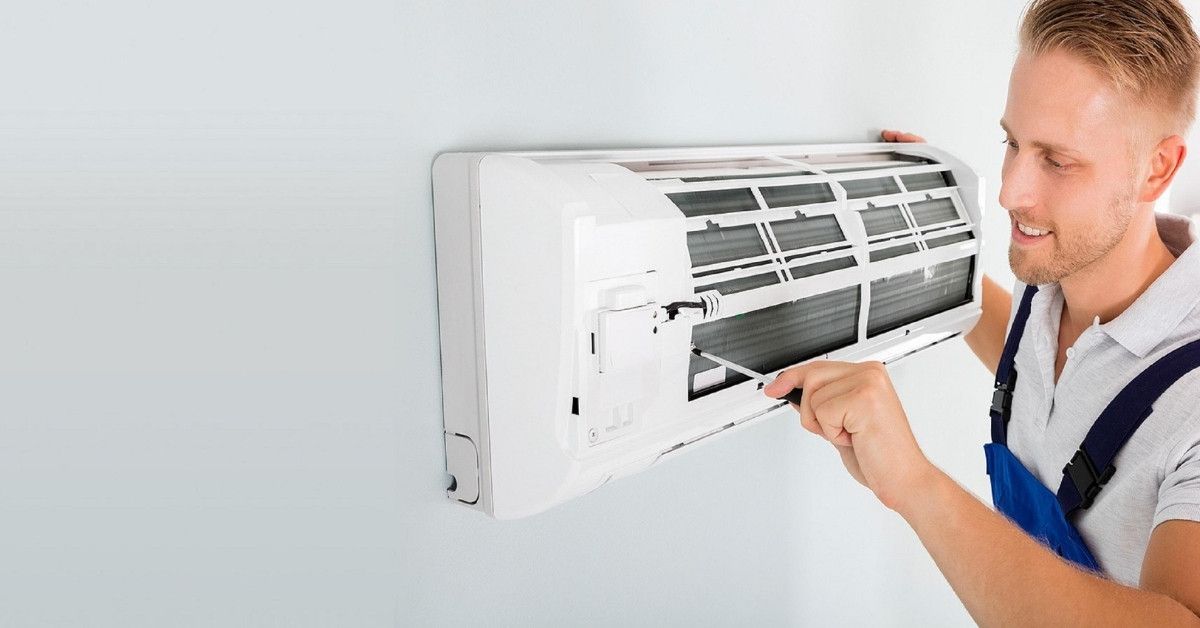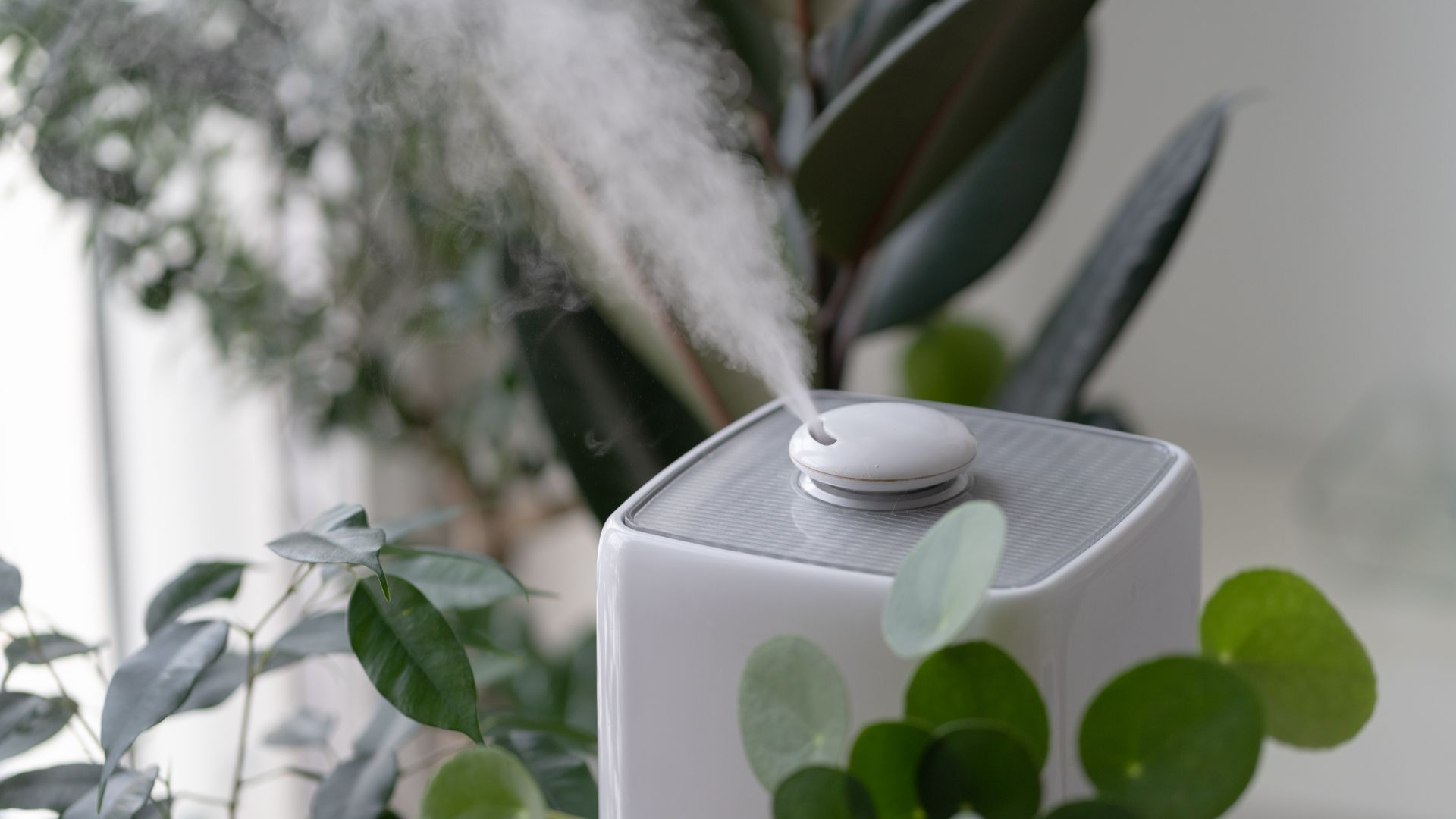Ventilation System Comparison: Which One is Best for You?
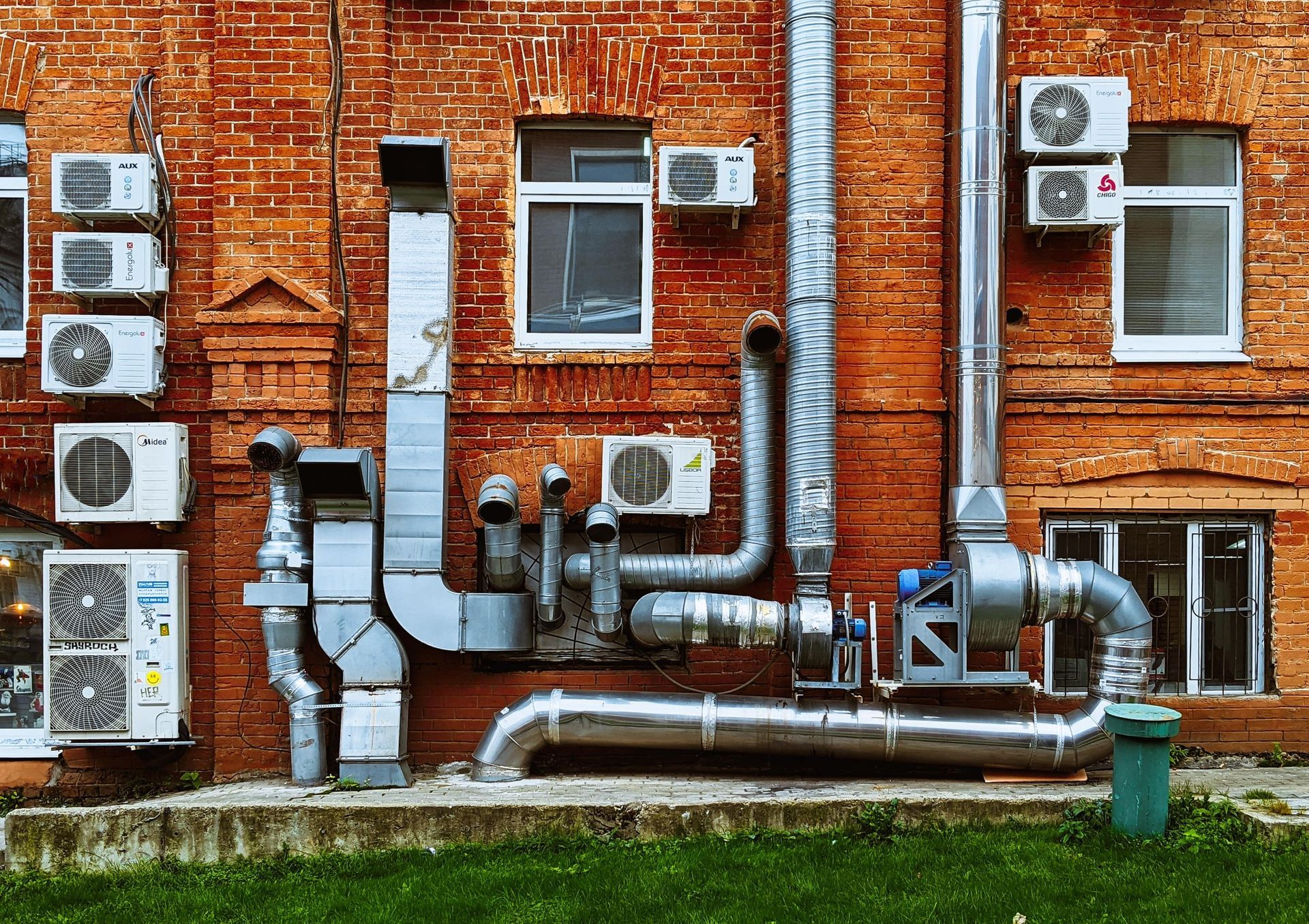
Are you in the market for a new ventilation system for your home or business? With so many options available, it can be difficult to know which one is right for you. In this article, we will take a closer look at some of the most popular ventilation systems on the market and compare their features, benefits, and drawbacks.
From traditional HVAC systems to newer options like heat recovery ventilators and energy recovery ventilators, we'll help you understand the pros and cons of each so you can make an informed decision about which system is best for your needs.
Natural Ventilation Systems
Natural ventilation, also known as passive ventilation, is a method of providing fresh air to a building through the use of natural forces such as wind and thermal buoyancy. This is achieved by incorporating operable windows, skylights, and other openings in the design of a building that can be adjusted to allow fresh air to enter and stale air to escape.
Pros:
- Low cost
- No need for mechanical equipment
- Can be used in conjunction with other types of ventilation systems
Cons:
- May not be sufficient in certain climates or building layouts
- Can be affected by weather conditions
- May not provide consistent ventilation
Examples:
- Operable windows
- Skylights
- Roof vents
Mechanical Ventilation Systems
Mechanical ventilation systems use fans, ducts, and other equipment to ventilate a building. These systems can be more effective than natural ventilation, but they also tend to be more expensive and require more maintenance. There are two main types of mechanical ventilation systems: exhaust systems and supply systems.
Pros:
- Can be more effective than natural ventilation
- Can provide consistent ventilation
- Can be used in any climate or building layout
Cons:
- More expensive than natural ventilation
- More maintenance required
- Can be affected by power outages
Types:
- Exhaust systems: remove air from the building through ducts
- Supply systems: bring fresh air into the building through ducts
Hybrid Ventilation Systems
Hybrid ventilation systems are a combination of natural and mechanical ventilation systems. These systems use natural air currents to ventilate a building, but also include mechanical equipment to supplement or control the ventilation. Hybrid systems can be more effective than natural ventilation and less expensive than mechanical ventilation.
Pros:
- Can be more effective than natural ventilation
- Can be less expensive than mechanical ventilation
- Can provide consistent ventilation
Cons:
- More complex than natural ventilation
- More maintenance required
- Can be affected by weather conditions
Examples:
- Natural ventilation with mechanical boost
- Mechanical ventilation with natural pre-conditioning
Factors to Consider When Choosing a Ventilation System
When choosing a ventilation system, there are several factors to consider, including building size and layout, climate and weather conditions, occupancy and usage patterns, and energy efficiency and cost.
- Building size and layout
Buildings that are particularly large in size or have intricate and complex architectural designs, may necessitate the implementation of more advanced and specialized ventilation systems. These systems are specifically designed to effectively circulate and distribute fresh air throughout the entire building, which is essential for maintaining healthy indoor air quality.
- Climate and weather conditions
The climate in which a building is located can have a significant impact on the type and power of ventilation system that is required. Buildings situated in hot or humid regions may require more robust and powerful ventilation systems, in order to effectively circulate and distribute fresh air throughout the building, while also removing excess heat and humidity.
On the other hand, buildings located in colder climates may not require as powerful ventilation systems, as the primary focus would be to retain heat inside the building and prevent cold air entering.
- Occupancy and usage patterns
Buildings with high levels of occupancy or heavy usage may require more powerful and efficient ventilation systems, in order to effectively circulate and distribute fresh air throughout the building. This is particularly important for maintaining healthy indoor air quality, as well as ensuring a comfortable environment for the building's occupants.
High levels of occupancy or heavy usage can lead to increased heat and humidity generated by the building's occupants and equipment, as well as the potential for a buildup of pollutants or allergens in the air. More powerful ventilation systems are designed to handle these increased demands and effectively remove any potentially harmful contaminants from the air.
- Energy efficiency and cost
When it comes to ventilation systems, not all systems are created equal. Some ventilation systems may be more energy-efficient than others, which can have a significant impact on the overall energy costs associated with operating the building. Energy-efficient ventilation systems typically use less energy to circulate and distribute fresh air throughout the building, which can lead to significant cost savings over time.
These systems often incorporate advanced technologies such as variable-frequency drives, heat recovery units, and energy recovery ventilators, which can help to optimize the energy efficiency of the system. It's important to consider the energy efficiency of a ventilation system when making a decision about which system to install, as this can have a significant impact on the overall operating costs of the building.
Conclusion
Proper ventilation is crucial for a healthy and comfortable living or working environment. There are different types of ventilation systems, including natural, mechanical, and hybrid.
Natural ventilation relies on natural air currents and is inexpensive to install and maintain, but may not be effective in certain climates or building layouts.
Mechanical ventilation uses equipment such as fans and ducts and is more effective, but more expensive and requires more maintenance.
Hybrid ventilation combines natural and mechanical ventilation and may be more effective than natural ventilation and less expensive than mechanical ventilation, but requires more maintenance and complexity.
So, you have the right one in mind? Pick the best HVAC equipment in London, Ontario. Make a choice today and visit us today!
